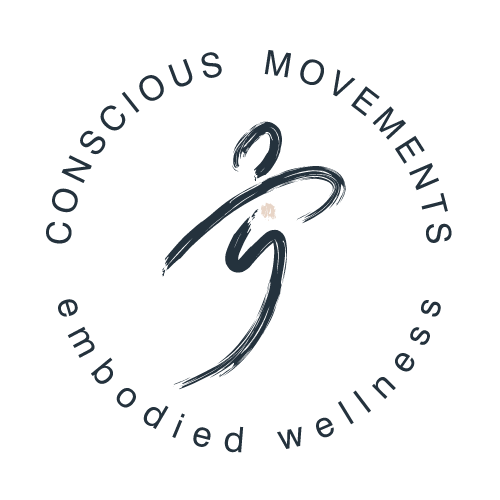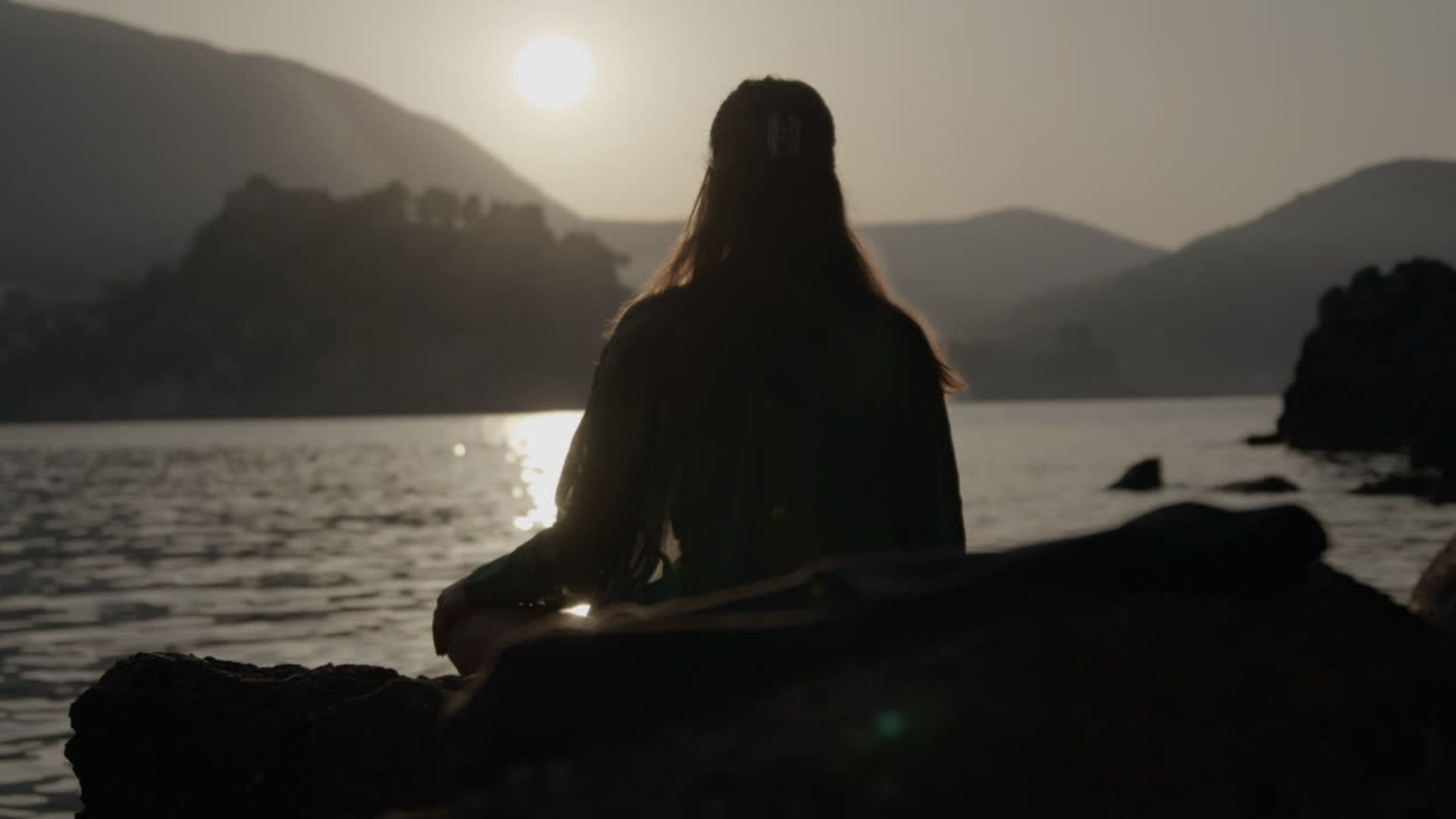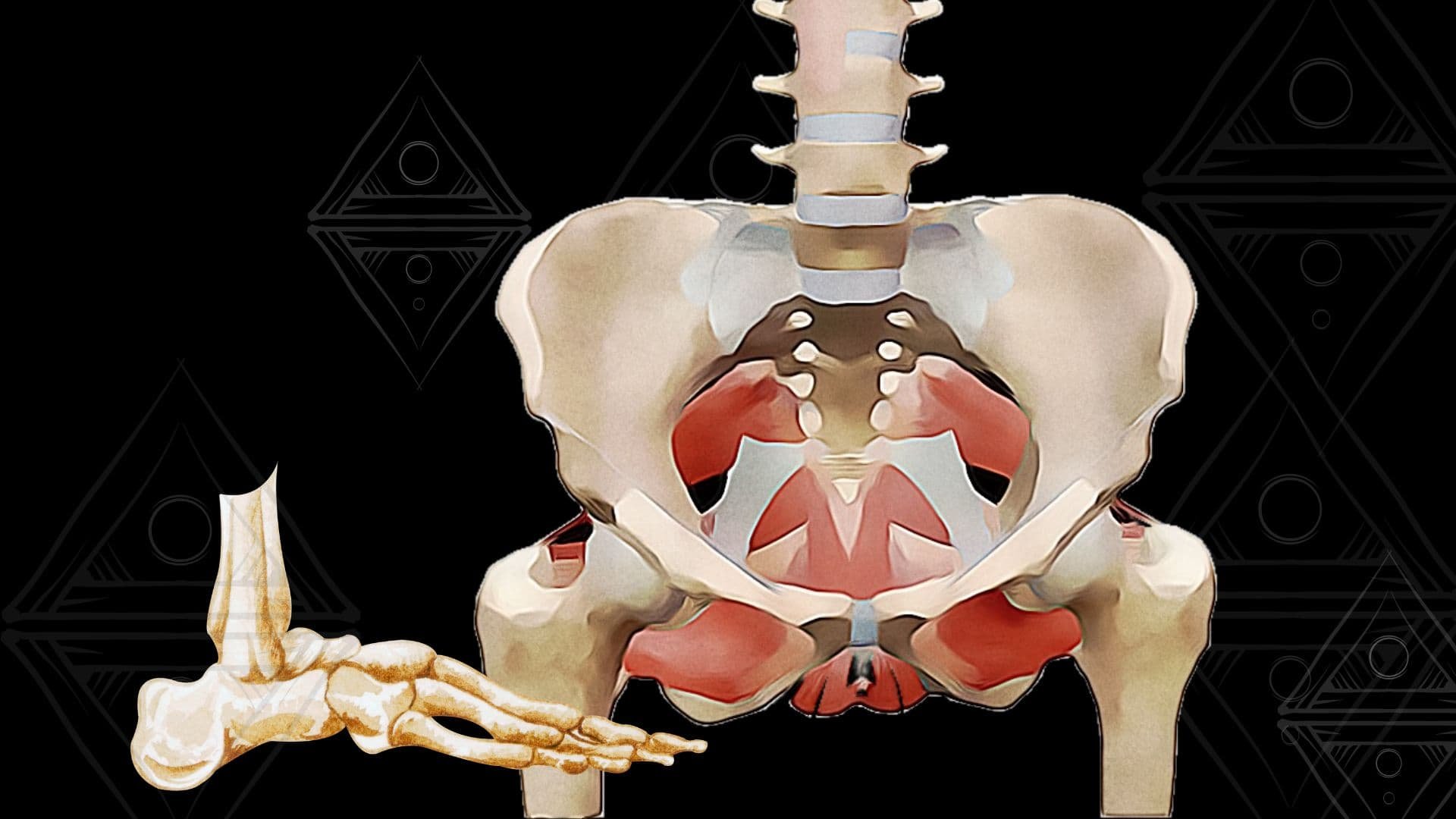Feldenkrais or Yoga?
Working directly with awareness allows us to explore the spaciousness of moving without boundaries.
—Buffy Owens
The Feldenkrais Method® can enhance your awareness and provide you with an anchor for self-study, both on and off of the yoga mat.
In fact, the movements of Feldenkrais® can serve as a conduit to a deeper connection to yourself and is one of the ways in which it’s similar to yoga. The difference, however, is how we go about those movements. But those differences can vary from person-to-person and from teacher-to-teacher (lineage or style).
In most yoga taught throughout the United States, we are often working our way into an asana — discovering our boundaries and softening into them. We employ the art of stretching the muscles & aligning the skeleton, and we reside in our awareness. Feeling each subtle adjustment that can be made for a greater sense of space and ease. Noticing what arises in our thoughts & emotions. Freeing ourselves of the muckety-muck, we have gathered in our body, mind, and soul.
Asana?
Asanas, the postures practiced in yoga, comprise the third limb. In the yogic view, the body is a temple of spirit, the care of which is an important stage of our spiritual growth. Through the practice of asanas, we develop the habit of discipline and the ability to concentrate, both of which are necessary for meditation.
In the Feldenkrais Method®, we work with the nervous system through directive attention, somato-sensory feedback, and novel learning. Working directly with awareness allows us to explore the spaciousness of moving without boundaries. We learn to translate force through our skeleton and to listen to the subtleties of our experience. We uncover our habits of moving, thinking, sensing, and feeling so that we can gain insight into how we approach that grand movement of life. Like yoga, we notice what arises in our thoughts & emotions and we free ourselves from the constraints of living a life solely on our habits.
One thing is certain, the two practices can support one another and when practiced together they can offer you a broader way of experiencing and understanding yourself.
A Yoga Story
Many moons ago, I attended a regional meeting for Yoga Instructors and I had the privilege of hearing Swami Nirmalananda Saraswati share her perspective on the relatively recent history of yoga. I will be honest, I never did a fact check her tellings and what you are about to read is my recall of her story. So take this all with a grain of salt and serve it with a side of there are many truths & perspectives. Life is divinely dynamic like that.
A little of my back story…
I became introduced to yoga around the same time that I first devoured Moshe Feldenkrais’s books Awareness Through Movement* & The Potent Self*. It was a time in my life when I was experiencing just enough dysfunction and curiosity to search for something different. I was desperately wanted to know ‘who’ I was and what my purpose was in life. I was seeking a path that could lead me to a sense of freedom and peace.
*These are affiliate links. I will receive a few pennies if you choose to purchase the books through these links.
My first two yoga teachers were Iyengar based. They didn't teach big classes in a studio (those didn't even exist then). Instead, one person strictly worked with me in a private student-teacher fashion, and the other taught small classes out of her home — complete with the urban chickens clucking in the background. I also purchased my first copy of Light On Yoga* and read, practiced, re-read, and practiced some more.
I have to admit that I fell in love with the structure of Iyengar Yoga. I loved that there was a correct way to do a pose and that each class was taught with ample instruction and props. There was a simplicity in that.
I was a different person then. Those strong lines of 'correct form' were something I truly needed at the time. I found a deep sense of freedom in the form, and it gave me a sort of structure that I could embody. That style of practice greatly informed my approach to meditation and life. To be frank, it whipped my angst teen ass into shape and provided a fertile ground for me to mature in.
…years passed
I kept practicing.
Eventually, I moved. Once I arrived in my new town, I sought out a Yoga Teacher. It took me a while, but eventually, I found a teacher. He did not teach at a formal studio. To be taken under his tutelage, I had to arrive at 6:00 am for two weeks with no instruction or promise that I would be accepted as a student. The wait-watch-and-see period did allow me to observe how others practiced.
This approach is a traditional Mysore style of Ashtanga Teaching. One student would be instructed to follow a more advanced student until the teacher came over and told you to stop yoga asana, meditate, and then read a particular yoga sutra. There were occasional adjustments but hardly any instruction. The whole experience was the complete opposite of what I had in Iyengar.
I was accepted as a student, and I fell in love with Ashtanga. I loved the vitality of the flow—the freedom to find myself in a pose without too much emphasis on finding the proper form. There was immense freedom in this style that resonated with who I was at that moment.
…years passed
I kept practicing.
Now I started merging the two styles and listening to what I needed that day or that moment. I adored the challenge that each style offered. I loved the way that each style expressed itself in my own experience & sensations. But I started to wonder….
How could two yoga teachers with the same teacher be so different?
You see, both B.K.S. Iyengar and Pattabhi Jois studied with Krishnamacharya. I was baffled, intrigued, and deeply inspired by this. Krishnamacharya had taught each of his students in a way that was appropriate for what they needed. Each of those students then evolved their own practice and style from there. Brilliant!
“Teach what is appropriate for each individual.”
Her story through my eyes.
Now fast forward several years to the talk by Swami Nirmalananda Saraswati in a small studio in La Jolla, CA. The smell & feel of the saltwater wafted in and merged with the subtle scent of incense. A small gathering of local teachers sat on the floor as the room swirled with a sort of calm excitement. I sat perched on my meditation cushion giddy as a young school girl ready for story-time.
Her story began with silence.
A moment of meditation. A chance to sense myself and to connect with that collective grace that is far greater than me as an individual. The energy in the room seemed to embrace every cell in my body as it both calmed and energized me.
Eventually, she began to speak. Sharing a bit about the Svaroopa style of yoga that she created. To be honest, I was still a bit distracted and enthralled by the palpable pulse of the room, and it took me a wee bit to settle in and be present with all that she was saying. But I am certain that it was something like this…
“This is about you. This is about how you feel, and about who you feel yourself to be. When you know your own Self, you experience an inner depth and joy. You live in freedom and fearlessness which overflows into a beautiful generosity and love for all.”
Finally, my mind settled.
As I listened to her speak about her time in India and what her yoga practice was like. Her tales of days of meditation made my soul swoon and my heart smile. Then all at once, she said something that flipped my yoga world. She said that yoga asana wasn’t something that was practiced specifically at the Ashram. Rather the yoga asanas were what arose organically after receiving Shaktipat. That these poses would arise during meditation and sometimes even during sleep. In the simplest terms, they were elicited by the body to release blockages.
AWESOME!
Now I know that there are many lineages and practices that use yoga asana for a variety of reasons—healing, to tap into this organic source, free the body & mind, and the list goes on and on. Don’t get me wrong, I still think practicing yoga asana is a beautiful and powerful practice. But there was something about the perspective that an organic force within that could evoke an innate wisdom, a somatic knowing, that was beyond my conscious mind. This idea truly blew me away. It was a subtle yet profound difference in the way I perceived the power of practice.
My Mind Whirled
If that’s true, I wondered, then what’s up with the yoga asana I learned? Less organic? Necessary because of our culture in time? What the freakity-frack was going on here? I thought what I had been studying was thousands of years old.
Her story continued and slowly painted a picture of the subtle awareness of old masters who hear the whispers of poses from the inside out. Of gurus who are wise enough to adapt with the times and link a traditional asana practice with (what was at the time of Iyengar and Jois youth) British calisthenics. A strategy to seduce the Brahma boys back to the realm of the spiritual through the vigor and familiarity the calisthenics that had come to know and love.
Again I say, “BRILLIANT!”
Shift Of Perspective
This shift of perspective was deep and profound for me. It enticed me into a world of more organic movement that was less about the poses/asanas and more about the essence of what I could sense and feel. This perspective shift was a beautiful bridge to my Awareness Through Movement® Practice.
“Spiritual awakening, or shaktipat, lies at the heart of the mystical journey. This infusion of energy from the spiritual master to the seeker brings about the awakening of the seeker’s own inherent spiritual power, called kundalini. Shaktipat is described by the yogic texts as an initiation that activates an inner unfolding of awareness that leads to progressively higher states of consciousness.”
(from the website www.siddhayoga.org)
So, Feldenkrais or Yoga?
Long answer short, I would say, “Feldenkrais AND Yoga.” Feldenkrais helps us to understand how to connect with the subtle movement and awareness necessary for meditation and can deepen our experience of asana. Integrating the Feldenkrais Method into your practice guides you towards a greater sense of ease and a deeper understanding of what it means to practice non-judgment.
I have found that the subtlety of the Feldenkrais Method® has helped me to sense how my thoughts and feelings arise in my physical body. It has transformed my life. Yoga? Yoga is simply delicious. It can be challenging & deeply relaxing. It can loll your soul with music and movement and stretch you beyond what you thought possible.
Let’s not forget that both Feldenkrais & Yoga can also offer you a place to commune with others and expand the spirit that moves the form.
RELATED POSTS








